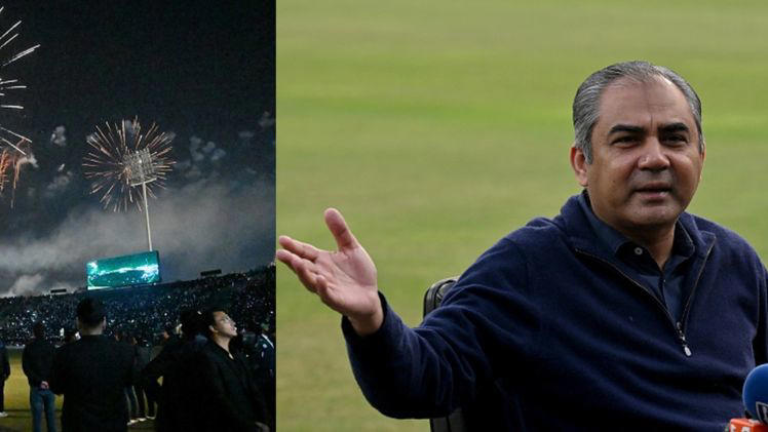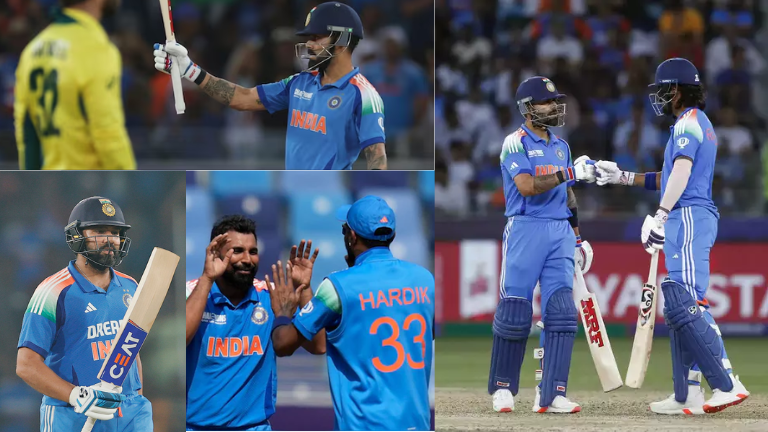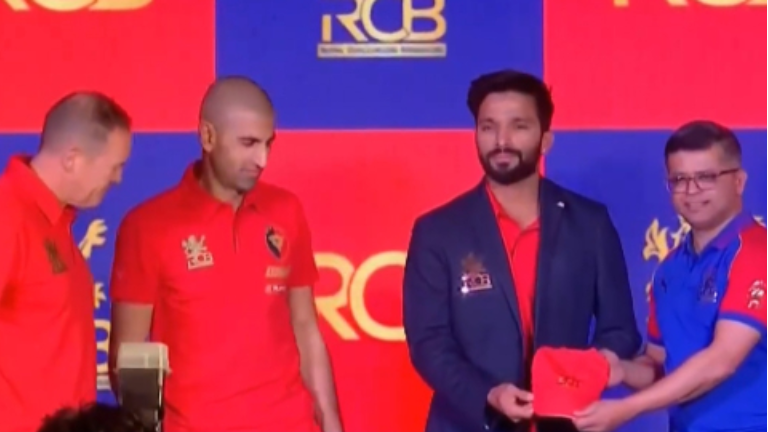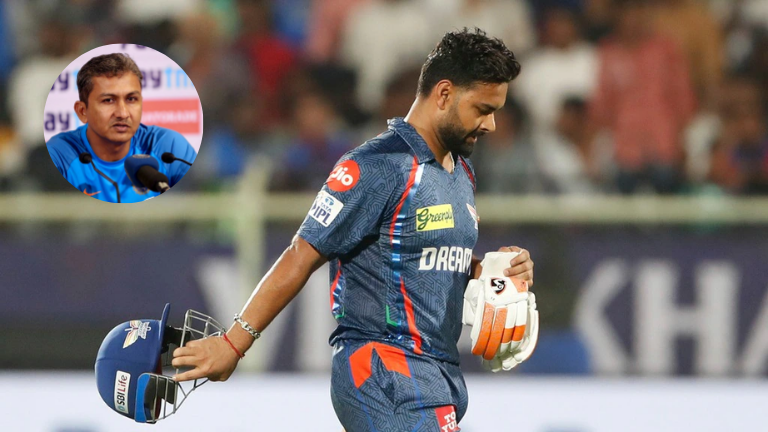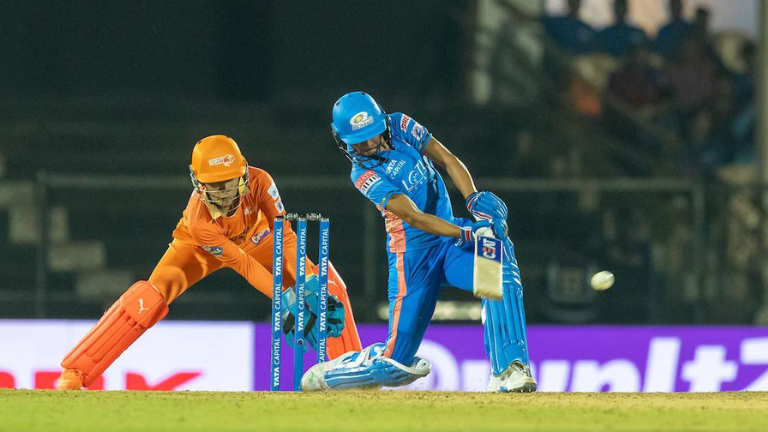IND vs ENG, 3rd ODI: Shubman Gill Breaks Hashim Amla’s Record – Genuine Greatness or Modern Era Advantage?
Shubman Gill has once again etched his name in the record books, becoming the fastest batter in ODI history to reach 2,500 runs. The young Indian opener achieved this feat during the third ODI against England at the Narendra Modi Stadium in Ahmedabad on February 12.
With this milestone, Gill surpassed South African legend Hashim Amla, who had previously held the record by reaching the mark in 52 innings. Gill did it in just 51 innings, making him the new standard for ODI batting dominance. But while his achievement is undeniably remarkable, it raises an intriguing debate—is this pure talent, or is modern-day batting making milestones easier to break?
Shubman Gill’s Record-Breaking Feat – A Closer Look
Gill reached the 2,500-run milestone in style, smashing a boundary off Gus Atkinson’s delivery in the 10th over of India’s innings.
| Fastest to 2,500 ODI Runs (by Innings) | Innings Taken |
| Shubman Gill (India) | 51 |
| Hashim Amla (South Africa) | 52 |
| Babar Azam (Pakistan) | 62 |
| Virat Kohli (India) | 68 |
| Shai Hope (West Indies) | 67 |
Additionally, Gill is also the fastest to reach 2,500 runs in terms of matches, achieving the feat in just 50 ODIs, further proving his consistency.
Gill’s Modern-Day Advantage: Amla’s Era vs. Today’s ODI Cricket
While Gill’s record-breaking feat is historic, comparisons with Amla’s era raise questions:
- Amla played in a more bowler-friendly era, where conditions often favored seam and swing bowlers.
- Modern ODI cricket is dominated by flat pitches, high-scoring games, and aggressive powerplays.
- T20 influence has changed batting dynamics, making batters more fearless, which could have helped Gill.
- Rules favor batsmen now, with fielding restrictions making it easier to score quickly.
So, while Gill’s achievement is monumental, should we acknowledge that today’s era gives batters a slight edge in chasing records?
Shubman Gill’s ODI Career: The New Poster Boy of Indian Cricket
At just 24 years old, Gill has already cemented his place as India’s future batting mainstay. Let’s break down his incredible ODI numbers so far:
| Stat | Shubman Gill in ODIs |
| Matches Played | 50 |
| Innings Played | 51 |
| Runs Scored | 2,500+ |
| Batting Average | 56.8 |
| Strike Rate | 98.4 |
| Centuries | 8 |
| Half-Centuries | 12 |
| Highest Score | 208 (vs New Zealand) |
Not only has Gill broken Amla’s record, but he is also one of the most consistent young batters in world cricket today. His ability to play long innings and switch gears effortlessly makes him the ideal successor to Virat Kohli at the No. 3 position in the future.
India’s New ODI Batting Pillar – Can Gill Carry the Legacy?
Over the last two decades, India has produced batting legends in ODIs, from Sachin Tendulkar to MS Dhoni and now Virat Kohli. With Kohli in the latter stages of his career, is Gill ready to carry the baton forward?
Comparing Gill’s Start to Other Indian Legends
| Player | Runs After 50 ODIs | Centuries | Average |
| Shubman Gill | 2,500+ | 8 | 56.8 |
| Virat Kohli | 1,900 | 5 | 45.67 |
| Rohit Sharma | 1,200 | 3 | 35 |
| Sachin Tendulkar | 1,650 | 4 | 42.55 |
Clearly, Gill is statistically ahead of where Kohli, Rohit, and Tendulkar were at this stage of their careers.
So, the question remains: Is Gill on track to be India’s next great batting superstar?
A Milestone with a Bigger Debate
- Gill’s achievement is historic and undeniable.
- He is India’s most promising young batter, already outpacing legends like Kohli and Rohit.
- But does modern ODI cricket favor batters more than previous generations?
While some may argue that flat pitches and modern rules have helped Gill, his talent, temperament, and consistency cannot be ignored. Whether it’s a modern-era advantage or pure genius, one thing is certain—Shubman Gill is here to dominate world cricket.
So, is Gill a genuine record-breaker, or is the modern era making these milestones easier?


